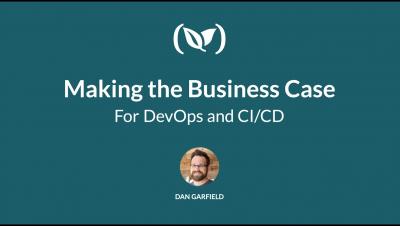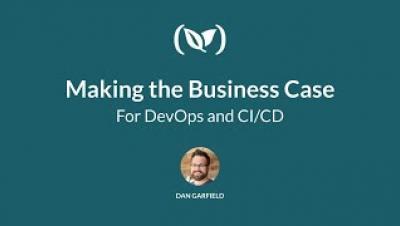Operations | Monitoring | ITSM | DevOps | Cloud
DevOps
The latest News and Information on DevOps, CI/CD, Automation and related technologies.
Making the Business Case For DevOps
Second- Generation DCIM
StackState's Health Forecasting
Forecasting health is vital in today's society. Who has the highest risk of getting a virus? Are you able to predict when this will happen? Knowing answers to these questions could save many lives. Forecasting the health of IT infrastructures is equally essential. Think of identifying databases that are about to stop serving requests in a timely matter, hard drives that are about to run out of space, or Service-level agreements (SLA's) that are about to cross the set thresholds.
When Dedicated DevOps is Not Available
With the rise of cloud computing and modern distributed systems, we also witnessed the rise of a new practice area: DevOps. Despite being fundamental for smooth cloud operations, a dedicated DevOps practitioner is a luxury most teams can’t afford. Salaries average $130K in San Francisco, for example. When a dedicated DevOps practitioner is not available in our team, what should we do? The answer could unfold a multitude of aspects.
How to launch IoT devices - Part 4: When to ask for help
(This blog post is part of a 5 part series, titled “How to launch IoT devices”. It will cover the key choices and concerns when turning bright IoT ideas into a product in the market. Sign up to the webinar on how to launch IoT devices to get the full story, all in one place.) First part: Why does IoT take so long? Second part: Select the right hardware and foundations Third part: IoT devices and infrastructure
Building a Raspberry Pi cluster with MicroK8s
The tutorial for building a Raspberry Pi cluster with MicroK8s is here. This blog is not a tutorial. This blog aims to answer; why? Why would you build a Raspberry Pi cluster with MicroK8s? Here we go a little deeper to understand the hype around Kubernetes, the uses of cluster computing and the capabilities of MicroK8s.
Kubernetes 1.18 available from Canonical
Canonical today announced full enterprise support for Kubernetes 1.18, with support covering Charmed Kubernetes, MicroK8s and kubeadm. Committed to releasing in tandem with upstream Kubernetes, enterprises can benefit from the latest additions to enhance their day to day operations.











